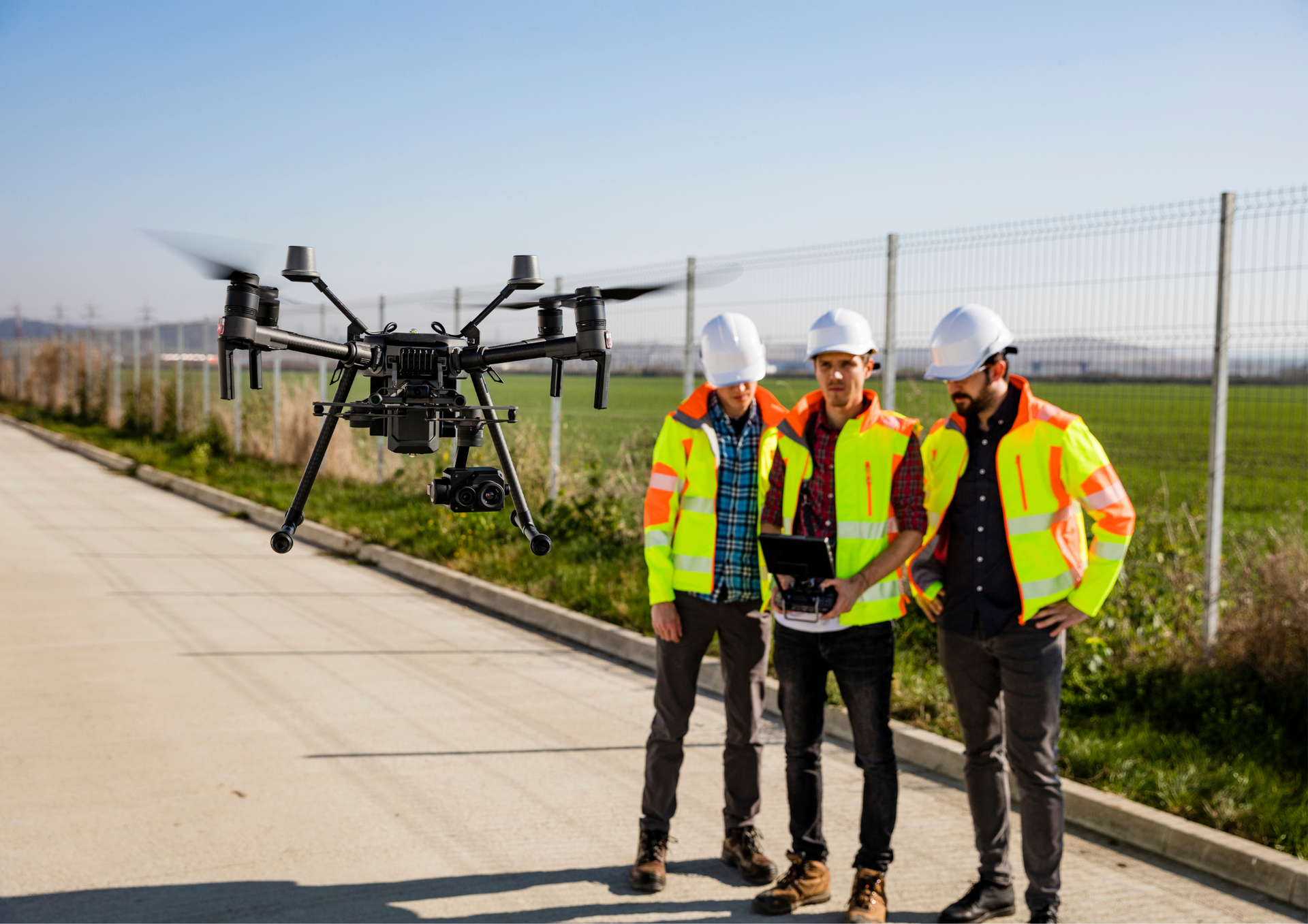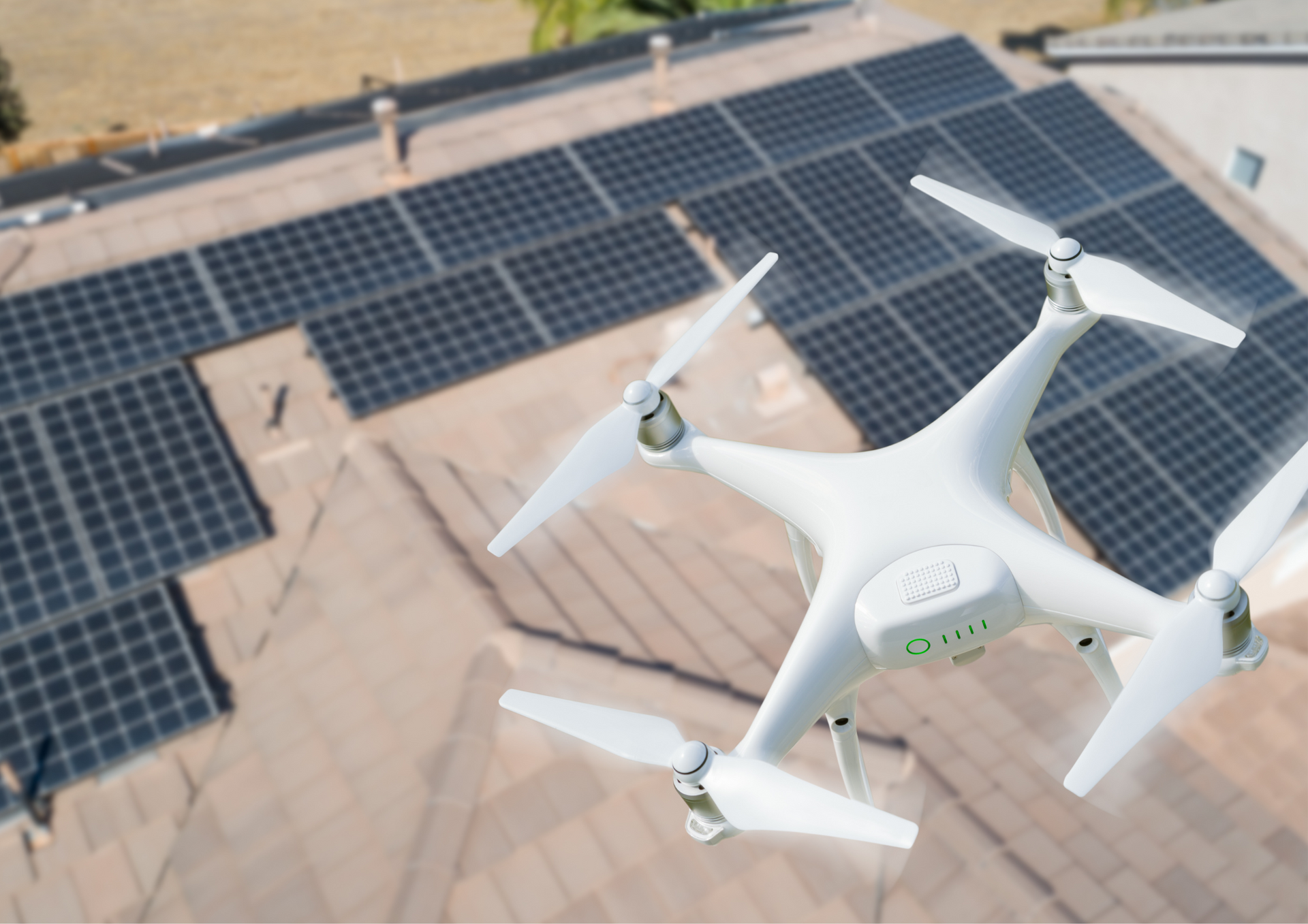Applications of Drone Technology in Search and Rescue Operations
In recent years, drone technology has seen rapid advancements, revolutionising various industries with its myriad applications. Among these, its use in search and rescue operations has been particularly impactful. With the ability to navigate challenging terrains and gather high-quality data through
aerial photography and drone photography, drones have become indispensable tools in enhancing the effectiveness and efficiency of search and rescue missions.
The Role of Drones in Search and Rescue
Drones, equipped with state-of-the-art cameras and sensors, offer a unique vantage point often inaccessible to human teams or traditional machinery. During search and rescue operations, drones can quickly cover vast areas, providing real-time video feeds and photographs that help make swift decisions. Using drones speeds up the search process and reduces the risks rescue teams face by minimising their exposure to unstable or hazardous environments.
Key Capabilities of Drones
Thermal Imaging
Drones equipped with thermal cameras can detect heat signatures of humans and animals, making it possible to locate them through dense foliage or in low visibility conditions.
High-Resolution Photography
The high-quality images captured from drones allow for detailed terrain analysis, helping identify potential hazards or safe paths for ground teams.
Night Vision
With night vision capabilities, drones extend the operational hours of search teams, making rescue missions feasible at any hour.
Data Integration
Drones can be integrated with GIS mapping technologies, providing comprehensive spatial data for planning and executing rescue operations.
Advantages Over Traditional Methods
Traditional search and rescue operations often involve helicopters and ground teams combing through the affected area, which can be time-consuming and resource-intensive. Drones offer a more cost-effective and efficient alternative. They can be deployed quickly and operated remotely, reducing manpower and resource allocation without compromising the thoroughness of the search.
Challenges and Limitations
While drones bring a host of benefits to search and rescue operations, some challenges need to be addressed:
- Battery Life: The limited battery life of drones can restrict their operational time.
- Weather Dependency: Drones are sensitive to weather conditions, affecting their performance and data quality.
- Regulatory Restrictions: Various airspace regulations limit the use of drones, especially in populated or restricted zones.
Case Studies
Several successful case studies highlight the role of drones in saving lives. For instance, drones have been used to locate missing persons in remote areas, aiding in quicker dispatch of help. In avalanche-prone regions, drones equipped with radar technology have been used to detect victims buried under snow, dramatically increasing survival rates.
Drones have significantly changed the landscape of search and rescue operations, bringing innovation that enhances the speed and safety of missions. Their ability to provide vital data through aerial photography and drone photography has proven indispensable in many critical situations.
As technology continues to evolve, the potential for further integration of drone capabilities in rescue operations is vast. Whether through improved battery life, enhanced sensors, or more flexible regulatory frameworks, the future of drone-assisted search and rescue looks promising.
For those looking for expert drone services, especially in search and rescue operations, Aerial Photography Manchester stands out as a leader in the field. Our expertise in drone photography ensures that we provide not only top-notch imagery but also valuable data that can make all the difference in emergency situations. Choose us to support your operations with the latest drone technology, backed by a team of professional aerial photographers dedicated to delivering results when it matters most. Have a quick online search of "drone photography near me" on the internet to find us!
Check out our latest GBP update about the applications of drone technology in search and rescue operations.




